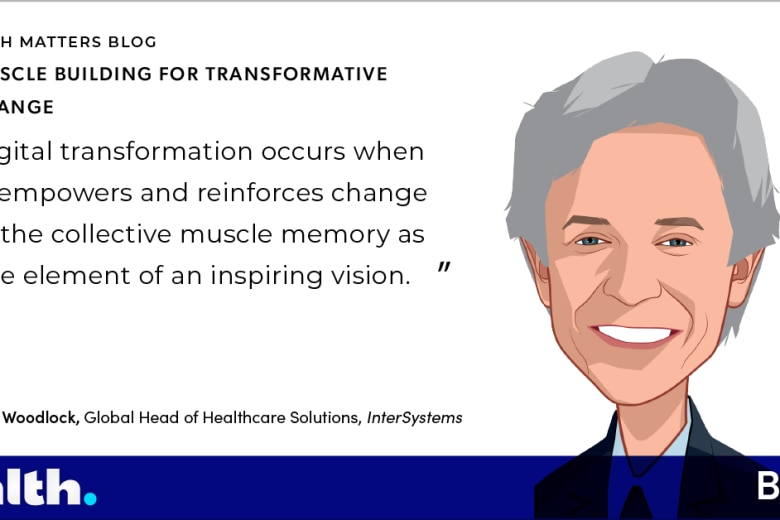If only there were a simple way to ensure that health plans optimize care by identifying gaps in care and eliminating duplicative treatments and tests, potentially lowering costs. Anyone who’s working toward this goal understands that such a health plan interoperability solution has long been wishful thinking. Personally, I dread calling my insurance provider, mainly because I don’t feel like we’re speaking the same language – typically, I will ask them why a claim was denied and they will give me a very cutthroat explanation of what clinical code was used for my encounter and why it doesn’t qualify. I’m none the wiser at this point, wishing they had better insight into my clinical data.
Health plans have a real chance to streamline the industry by leveraging interoperability solutions to gather and analyze on-demand clinical data from provider organizations that serve their members.
We’ve all heard about secure,seamless data exchange’s potential to do exactly that. Now, the technology is here.
But most organizations don’t have the technical expertise, time, or desire to invest the money required to build and maintain thousands of connections to clinical data sources. It’s just too tall an order for health plans, no matter their size.
What would help isa one-stop interoperability hub offering a safe, secure, single connection to national federated networks, hospitals, clinics, and labs. It’s the kind of innovation that could arm health plans with the on-demand data needed to transform care, quality measurement, and their finances.
What Does an Interoperability Hub Mean for Health Plans?
Let’s say you work in analytics for a payer, identifying at-risk members with the help of that one-stop interoperability hub. As you pull clinical data, you discover a patient with diabetes who is overdue for an eye exam, which aids the early detection and treatment of diabetic retinopathy, a condition that can cause blindness. The hub surfaces relevant data and works in partnership with other data technology to begin creating a cohort of similar members. The technologies gather information from connections to hundreds of thousands of individual healthcare providers, aggregate the data, and present the findings in real time.
Now, thanks to a process that started with a single patient, you have insights into an entire member cohort’s risk.
This kind of rapid connectivity helps health plans turn data transactions into longitudinal health records. It supports full documentation for quality programs, spotlighting gaps and unnecessary care. And by detecting at-risk members and acting to increase care quality, health plans stand to control costs.
Payers already have the incentive to unify claims and clinical data: The more complete the picture, the simpler it is to justify claims and compare provider organizations. But the ability to quickly and accurately access and interrogate clinical data is important in other ways. Quality measures have big ramifications for health plan finances. Consider this: By moving from a 3.5 CMS star rating to a 4, health plans could secure millions of additional dollars.
For members, data provides previously tough-to-obtain insights, resulting in the denial of fewer claims for appropriate care, and encounters draw upon evidence-based best practices.
Why Does an Interoperability Hub Work?
The demand for accessing clinical data when and where health plans need it, is one reason why one-stop interoperability solutions work.
For example,InterSystems HealthShare Managed Connections provides a single, EMR-agnostic connection to national networks like CommonWell Health Alliance, with data from its 22,000 provider sites and 114 million patients, and Carequality, which spans 600,000 healthcare providers. We also partnered with athenahealth, opening access to data from 150,000 provider sites.
The hub enables data sharing among all InterSystems partners, along with on-demand connections to organizations that have yet to join. It complements the national networks and bridges the gaps in areas with no health information exchange.
So, how does an interoperability hub like HealthShare Managed Connections function?
Health plans sign on and subscribe to services as needed, and we handle data delivery, processing, governance, and contracting.
HealthShare Managed Connections is designed to replace heavy connections. . Increasingly, HL7 FHIR enables health plans to retrieve specific data on demand, fulfilling requests for a patient’s entire record or merely their allergy history. FHIR, of course, empowers users to access data across systems, databases, and devices in real time. The standard is crucial to the future of interoperability, as it helps healthcare organizations not only connect to these data sources, but also to sift actionable data from the ever-growing stream of health information.
Once they tap into that data, participants can employ technology to build member cohorts and unified care records.
Health Plans Can Access On-Demand Data Now
Accessing clean, specific data from thousands of provider sites at a moment’s notice represents a paradigm shift for healthcare. When access to clinical data is no longer a pipe dream for health plans, they can focus on what comes next.




































